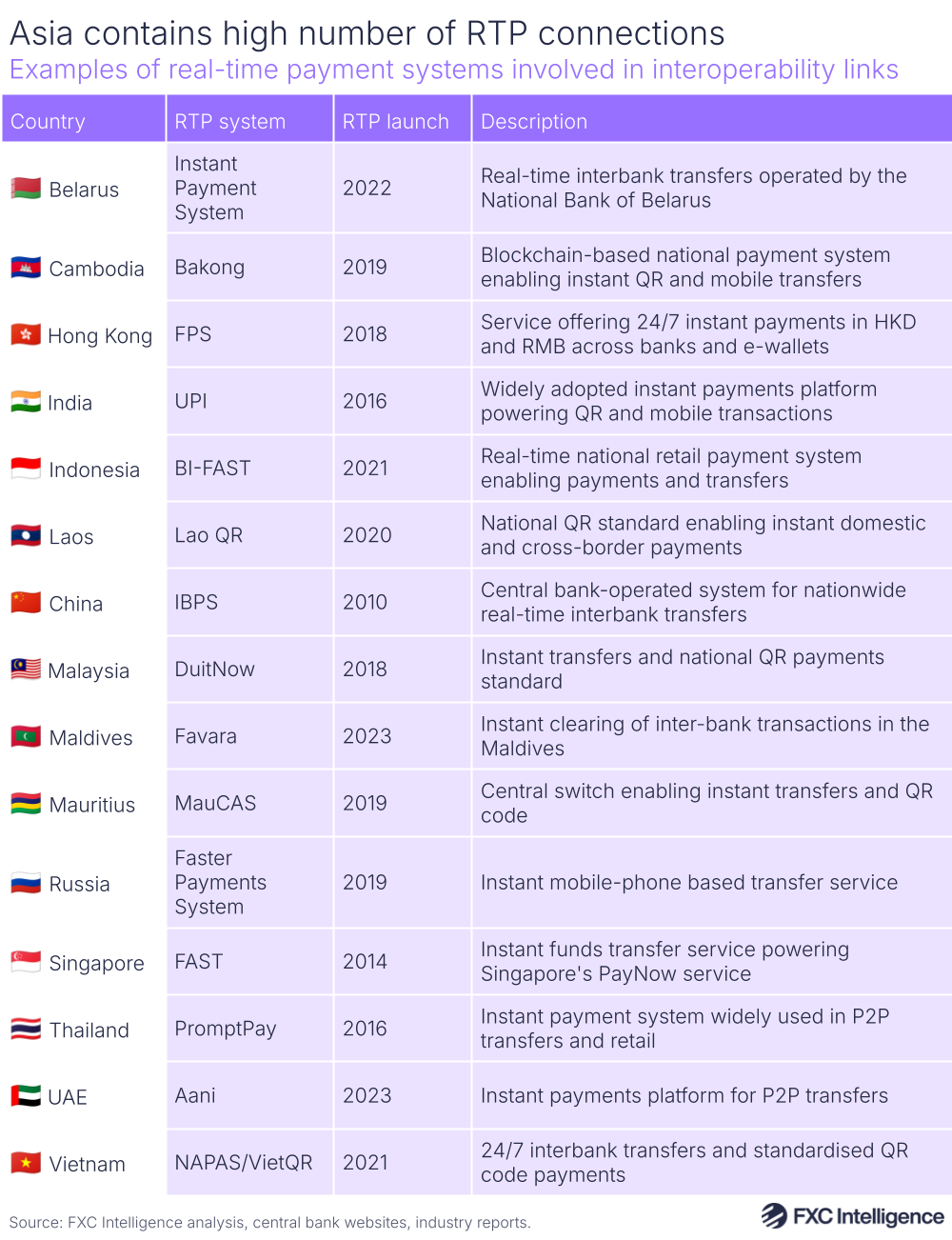The central banks of India and Singapore have announced that the two country’s digital payment systems, Singapore’s PayNow and India’s Unified Payment’s Interface (UPI), are to be linked. Set to be completed in 2022, the project is designed to provide faster and lower cost cross-border payments, and it’s a key step in a wider push for global interoperability.

On a domestic level, PayNow and UPI link multiple bank accounts of participating banks into a single mobile application. This allows customers to access their bank accounts in a single place, and enables the real-time settlement of transactions as banks, PSPs and merchants are all interconnected.
Linking these domestic schemes internationally will mean that banks in the countries will have access to providers in the other country’s payment system, bypassing the need to create international corresponding banking relationships. This means that once live, transactions between the countries will have the same real-time settlement as those made within each country.
The announcement follows the publication of Nexus, a blueprint for instant cross-border payments produced by the Bank for International Settlements (BIS), which was developed with support from both the Monetary Authority of Singapore and the National Payments Corporation of India.
The document proposes the development of a unified cross-border payment gateway and scheme that domestic players can connect to and participate in. In this way, players across the world will be able to connect to any other country in the Nexus network without the need to establish a specific routing system or have the burden of additional compliance.
At present, interoperability of payment systems among countries is considered to be one of the main challenges in the full development of cross-border money movements. According to the BIS, the main frictions are data formats and standards, processes and rules and the need for PSPs to have correspondent relationships in other countries if they don’t have their own presence.
These factors may have a huge impact on the cost and speed of transactions. According to our pricing data, the cost of sending the equivalent of USD200 is on average higher than 5% in 85% of 6,500 currency corridors we track, while transfers are mostly received within one or two days.
Linked systems, then, may prove to be part of future of cross-border payments – and India and Singapore are leading the way.


